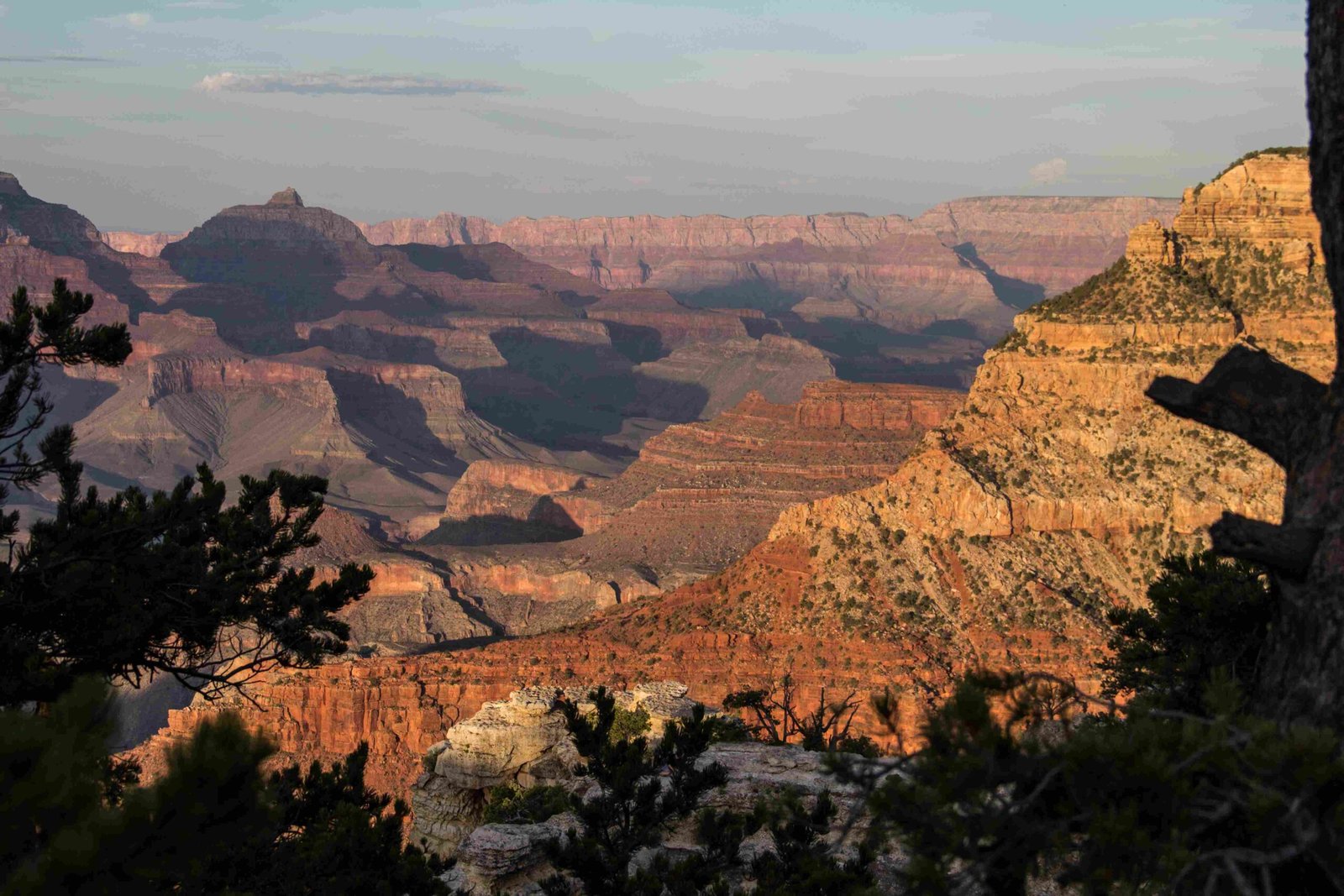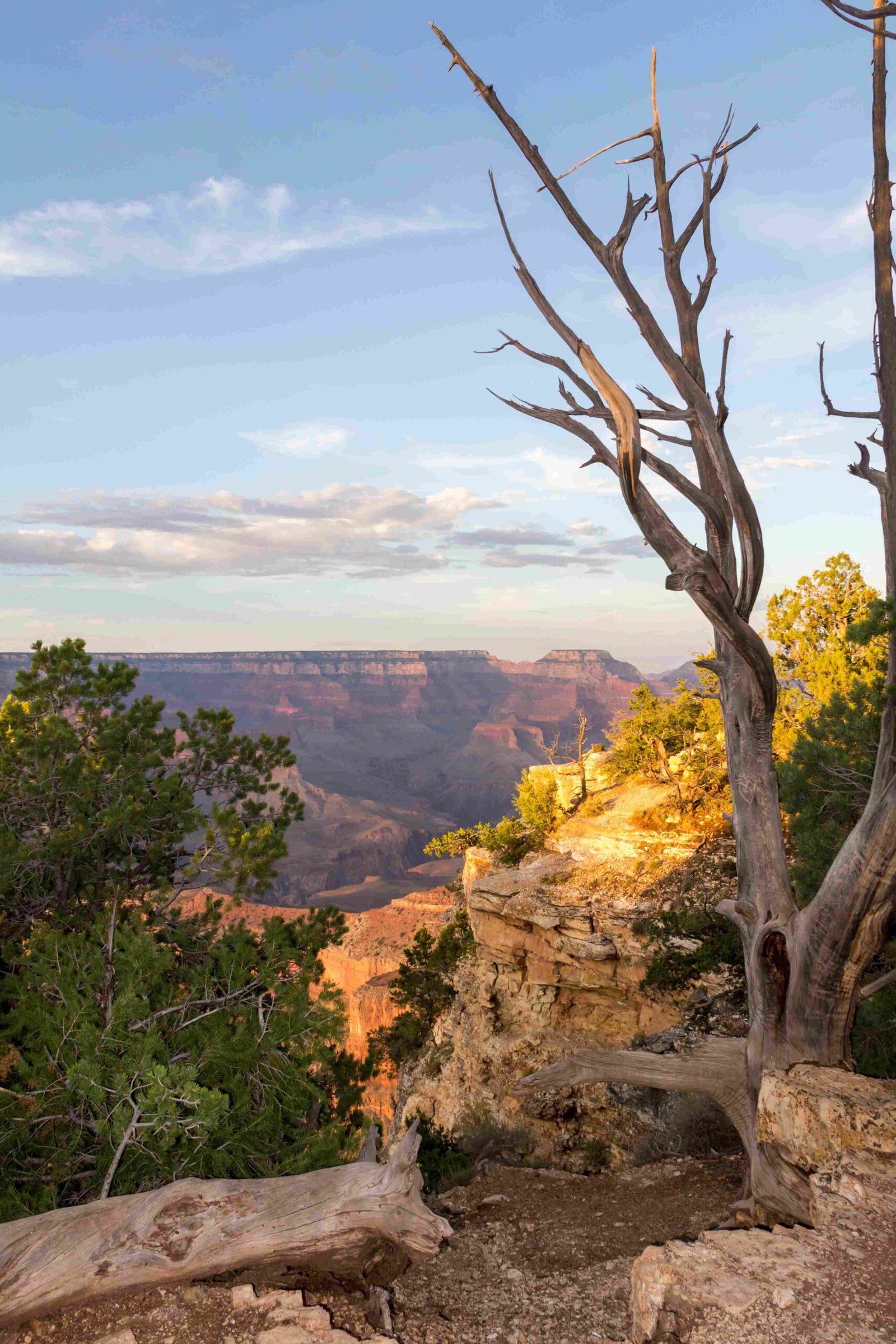The Grand Canyon, a geological marvel spanning nearly 277 miles, is a testament to Earth’s complex geological history. Contrary to popular misconception, the canyon floor is not below sea level but actually situated at an impressive elevation ranging from 5,000 to 6,000 feet above sea level. This remarkable landscape reveals billions of years of geological transformation, offering visitors an extraordinary glimpse into the planet’s dynamic geological processes.
What Are the Precise Elevation Measurements of the Grand Canyon?

The Grand Canyon’s elevation profile is a fascinating study in geological complexity. Here are the critical elevation details:
| Location | Elevation |
|---|---|
| North Rim | 8,000 feet |
| South Rim | 7,000 feet |
| Canyon Floor | 5,000-6,000 feet |
| Colorado River | Approximately 2,200 feet |
How Deep is the Grand Canyon?
The canyon’s depth is approximately 5,000 feet from rim to river, creating a dramatic vertical landscape. This immense depth results from millions of years of geological processes, including:
- Deposition: Layering of sedimentary rocks
- Uplift: Elevation of the Colorado Plateau
- Downcutting: Erosion by the Colorado River
- Continuous Erosion: Wind and water sculpting the landscape
What Geological Factors Contribute to the Canyon’s Elevation?

The Grand Canyon’s elevation is a result of complex geological interactions:
- Tectonic Movements: Uplift of the Colorado Plateau
- Erosional Processes: Continuous river and wind erosion
- Rock Layer Composition: Diverse sedimentary and metamorphic rocks
- Climate Influences: Weathering and geological transformation
Why is the Canyon Floor Not Below Sea Level?
The canyon floor’s elevation above sea level can be attributed to several factors:
- Plateau Uplift: The Colorado Plateau’s significant geological rise
- Continuous Geological Activity: Tectonic plate movements
- Erosional Dynamics: River and environmental erosion patterns
What Unique Geological Layers Exist in the Grand Canyon?
The Grand Canyon reveals an extraordinary geological timeline:
- Vishnu Basement Rocks: Oldest layers, nearly 1.7 billion years old
- Grand Canyon Supergroup: Sedimentary layers from 1.2 billion years ago
- Kaibab Limestone: Youngest surface layers
- Basement Metamorphic Rocks: Foundational geological structures
How Do Seasonal Changes Impact Canyon Elevation?
Seasonal variations influence the canyon’s appearance and river levels:
- Snowmelt: Increases water volume
- Precipitation: Affects erosional processes
- Glen Canyon Dam: Regulates river flow and water levels
Visitor Insights and Exploration Opportunities
For those interested in experiencing the Grand Canyon’s geological wonder:
- Guided Tours: Ranger-led geological programs
- Visitor Centers: Detailed geological exhibits
- Hiking Trails: Explore elevation changes
- Observation Points: Panoramic views of geological layers
The Grand Canyon stands as a remarkable testament to Earth’s geological complexity, with its floor proudly situated well above sea level, inviting exploration and scientific curiosity.

